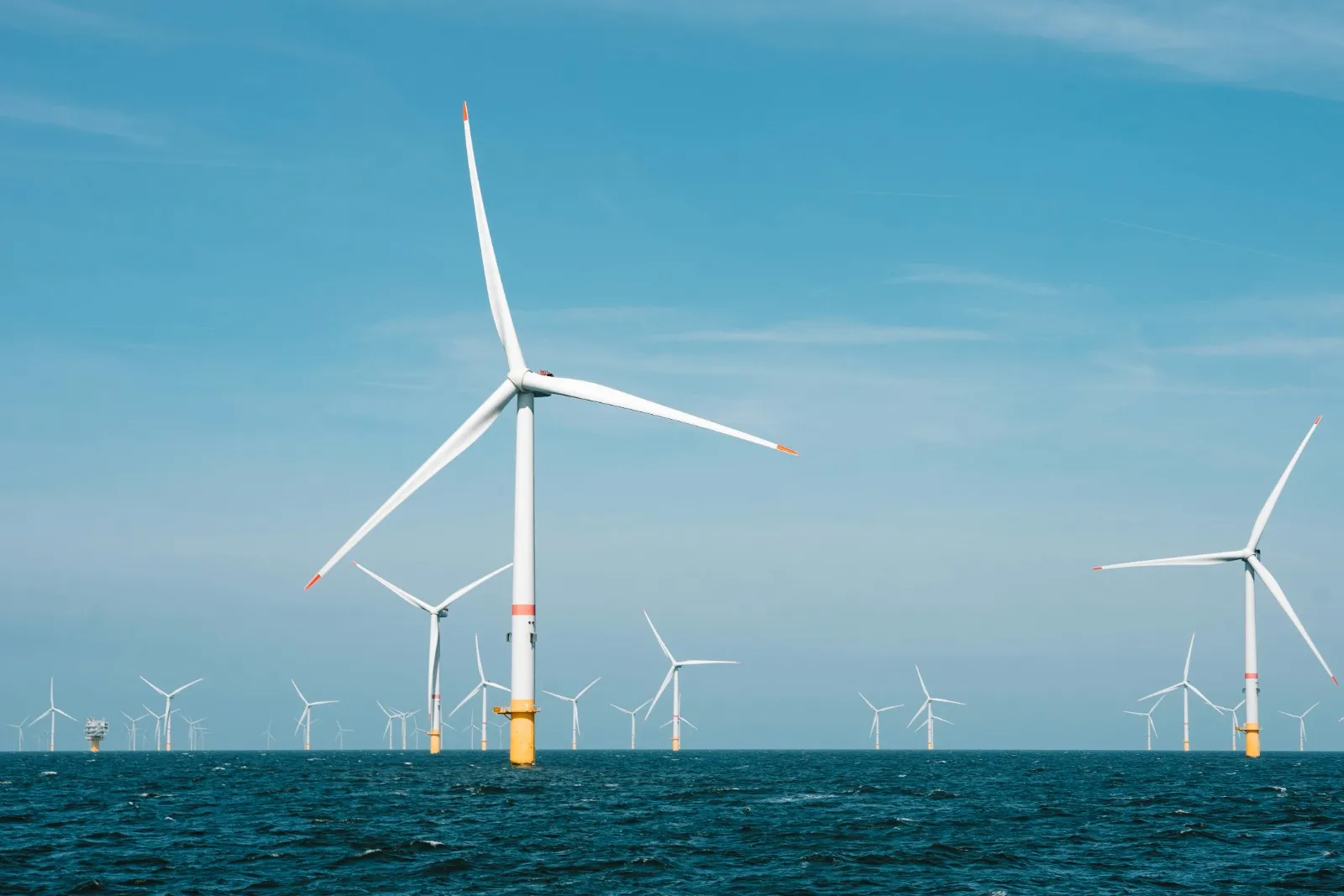The balancing mechanism: What is it and why is it so expensive?

By Catherine Hunter, Senior Account Manager, Aspectus Group
New research has suggested that the costs of balancing the UK power grid this November are three times the cost of balancing costs from the same time last year. In the midst of the gas crunch, this adds yet another strain to suppliers – and therefore our bills. But what are we paying for?
What is the balancing mechanism?
In its simplest form, the balancing mechanism is a tool used by National Grid ESO to keep supply and demand balanced at all times. In order to keep the lights on, National Grid has to ensure the needs of the grid are met with the exact same level of generation – every second of every day.
If the grid fails to do so, rolling blackouts become a serious concern. By utilising weather forecasts and suggested demand data, National Grid ESO can accurately predict where supply and demand mismatches may occur, and will encourage different actions ahead of time. However, no model is perfect and last-minute adjustments will be required. It is in these last-minute instances that the balancing mechanism comes into its own. National Grid ESO can instruct generators to increase or reduce their output to help keep the grid balanced. On the flip side, we can see demand side response. Simple actions, like slightly increasing a supermarket’s freezer’s temperature instantly reduces grid demand but doesn’t impact performance.
These last-minute fixes are key for the resilience of the grid.
But why is it so expensive?
I know us Brits love to moan about the weather, but it really does have a part to play. Despite Storm Arwen hitting towards the end of last month, November was a relatively low wind month. As a power source that is fast becoming the backbone of our grid, periods of low wind are going to require extra investment from the grid to pull in additional power capacity – especially as those cold, dark evenings see demand tick up. Without wind and with coal plants coming offline, the grid currently has fewer resources to call on. When there’s less to pick from, those sources that remain can command a higher price.
Remember that gas crunch? Well, that hasn’t escaped the balancing mechanism either. If you take a look at historical data, we can see that gas has a large proportion of the previous cash flow within the balancing mechanism. Those generation assets are still going to be essential for their quick response for the grid, but with operating costs increasing they will be passing those on by making higher offers to the balancing mechanism. When the grid is tight, these are essential reactions to keep the lights on, but is ultimately a cost that is adding to consumer bills.
What does the future hold?
National Grid ESO and Ofgem have been looking at the costs of the balancing mechanism for a while, as charges have been steadily rising since 2015, with 2020 and now 2021 proving to be big jumps. For that reason, they have proposed a review into balancing costs so we can hope expenditure will become more stable, and potentially reduced. However, before we get there, we will see more expensive actions. A growth in assets able to provide balancing services will also help to support a reduction in costs.
The growth of renewables has made the balancing mechanism more important. While there can be a large degree of predictability thanks to accurate weather forecasts, no model is perfect and renewables are inherently intermittent. This makes being able to quickly change the generation or demand side of the grid essential to keep us online.
The inherent value of the balancing mechanism can’t be understated but its current cash value is an area that will need to be addressed to ensure bills remain affordable for consumers. In the meantime, there is a rich opportunity for businesses to communicate the invaluable role they are playing to support the grid as we transition to net zero electricity grid by 2035.

